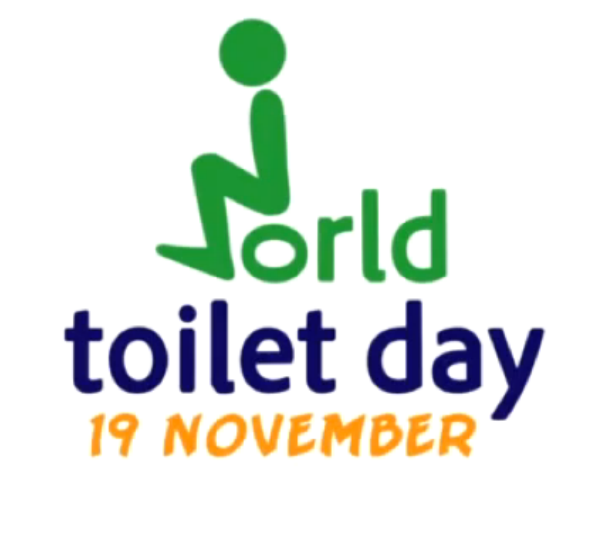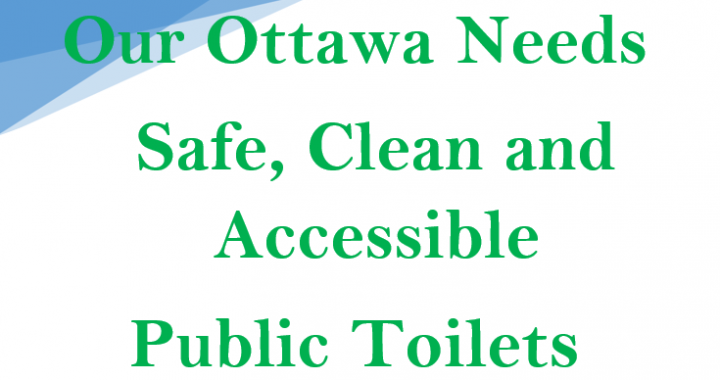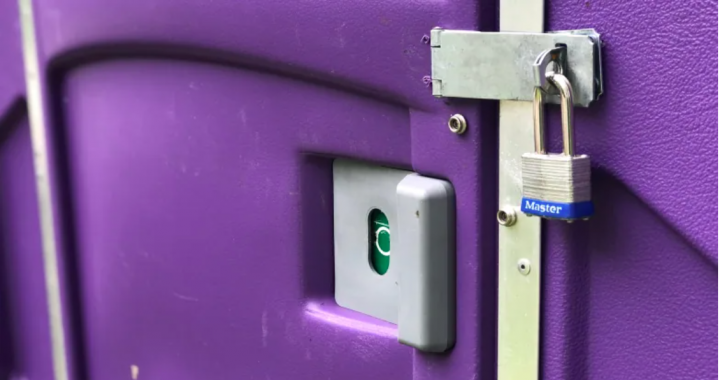Most facilities had no signs indicating public toilets were available for use
CBC News
May 05, 2016
A group of researchers studying the accessibility and quality of Ottawa’s public washrooms found nearly half of the toilets they visited weren’t even open.
The team of Carleton University master’s students was looking at some 92 representative public washrooms of the 400 across the city on behalf of the advocacy group GottaGo.
They aimed to measure how accessible the washrooms were and the quality of facilities, but also discovered that, in part because they conducted their research in the winter, 41 of the toilets were unavailable or closed, even during the day on weekdays and Saturdays.
“With the exception of public toilets located in revenue-generating properties, like recreation facilities, many public toilets were restricted seasonally or were open only during daytime hours,” the authors found.
The study found the City of Ottawa needs to do a better job of making sure existing public washrooms are clearly identifiable, open year round and accessible to all members of the public equally.
‘Strong message to the city’
“It is a pretty strong message to the city,” said Victoria Roberts, a social work master’s student at Carleton, on Ottawa Morning Thursday.
“Public toilets specifically affect some of the most marginalized groups: the elderly, people with disabilities, people of marginalized genders, women, and so not having adequate toilet provision really limits the participation of these groups.”
- The report also found:
Only 15 per cent of public toilets had outdoor signs letting people know there was a public toilet inside. - Only about half the washrooms were within 100 metres of a transit stop, and of those, a quarter were closed at the time of the survey.
- 63 per cent of “accessible” toilets posed at least one barrier to users with mobility challenges, including toilet height or grab bars that were not at the proper height, or doors or spaces that did not meet the minimum requirements set out in the Ontario Building Code.
- Only 21 per cent of public toilets had a gender neutral or family facility, posing a barrier to transgender people or caregivers assisting others in the bathroom.
“It is critical to consider how the current state of public toilets in the City of Ottawa reflects the willingness of our culture to meet the needs of the most marginalized populations in our community,” the authors concluded.
“We pride ourselves on being an inclusive and accessible city, yet our public toilets appear to be telling a different story.”



